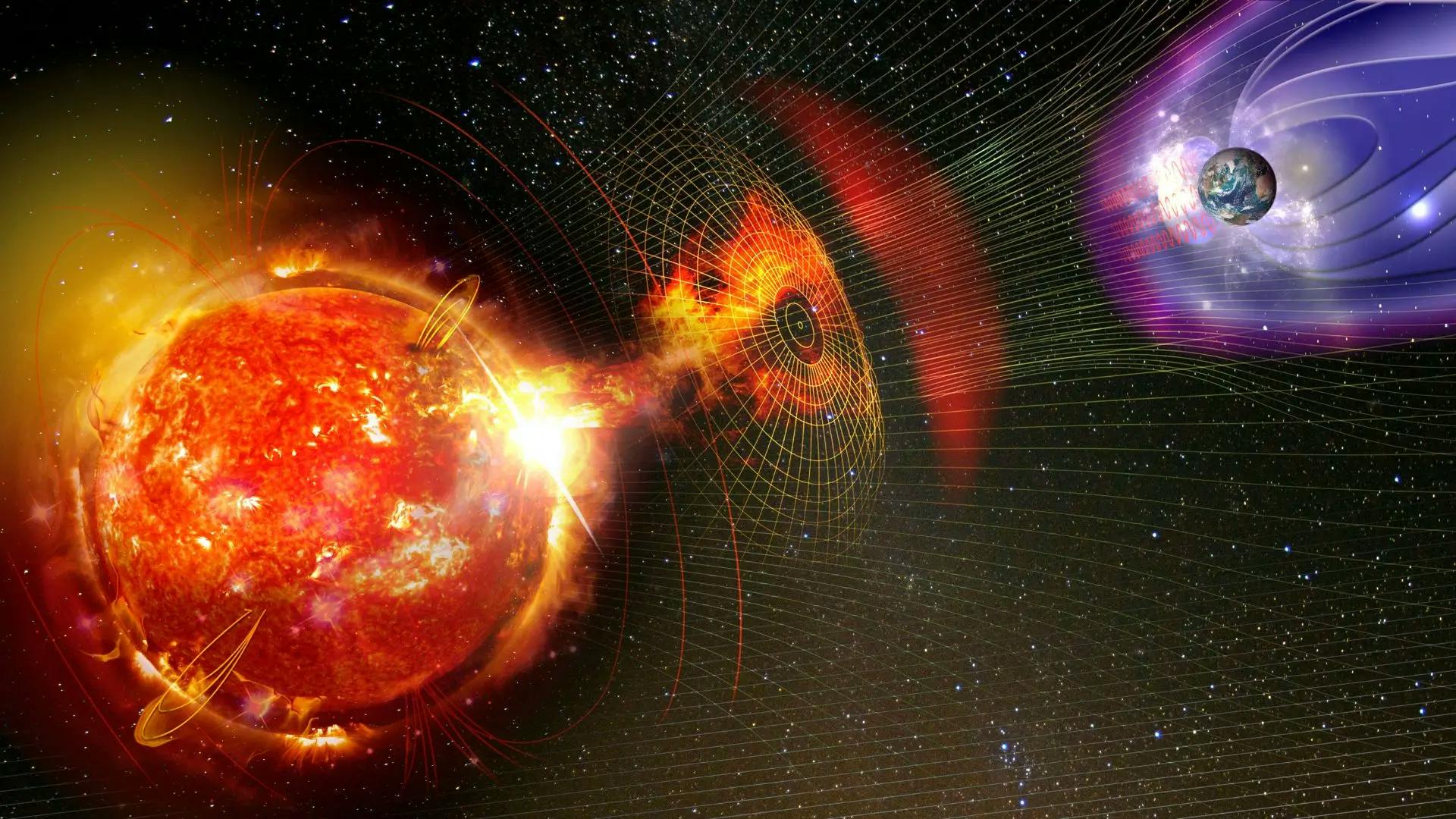By Admin in Solar
Solar
Solar radiation refers to the electromagnetic energy emitted by the sun, which reaches the Earth's surface.

In the realm of renewable energy, solar power stands out as a beacon of hope for a sustainable future. At the heart of this energy source lies a fundamental phenomenon: solar radiation. In this comprehensive guide, we'll delve into what solar radiation is, how it works, and its significance in the context of renewable energy. So, let's shed some light on the topic!
What is Solar Radiation?
Solar radiation refers to the electromagnetic energy emitted by the sun, which reaches the Earth's surface. It's a form of radiant energy that sustains life on our planet and serves as the primary driver of various natural processes, including climate patterns and photosynthesis.
How Does Solar Radiation Work?
- Sunlight Composition: Solar radiation comprises different wavelengths, including ultraviolet (UV), visible, and infrared (IR) light. Each wavelength carries varying amounts of energy.
- Solar Energy Transmission: When solar radiation encounters the Earth's atmosphere, some of it gets absorbed, scattered, or reflected back into space. The rest penetrates the atmosphere and reaches the Earth's surface.
- Energy Absorption: Upon reaching the Earth's surface, solar radiation interacts with various surfaces. Some surfaces absorb more solar energy than others, depending on their composition and color. For instance, dark-colored surfaces tend to absorb more solar radiation compared to lighter ones.
- Energy Conversion: Once absorbed, solar energy can undergo conversion into other forms of energy. This includes thermal energy (heat) and electrical energy through technologies like solar panels or photovoltaic cells.
Examples of Solar Radiation in Everyday Life
- Photosynthesis: Plants utilize solar radiation during photosynthesis to convert carbon dioxide and water into glucose and oxygen, a vital process for sustaining life on Earth.
- Solar Heating: Passive solar heating systems harness solar radiation to provide warmth in buildings. South-facing windows, for example, allow sunlight to enter and heat the interior during the day.
- Solar Panels: Photovoltaic (PV) panels convert sunlight directly into electricity using semiconductor materials. These panels are commonly used to power homes, businesses, and even satellites in space.
- Solar Water Heating: Solar water heaters utilize solar collectors to absorb solar radiation and heat water for domestic or commercial use, reducing the reliance on conventional energy sources.
- Solar Cooking: Solar cookers concentrate solar radiation to cook food, providing a clean and sustainable alternative to traditional cooking methods in many regions.
Significance of Solar Radiation in Renewable Energy
- Abundant Resource: Solar radiation is abundant and inexhaustible, making it a reliable source of renewable energy. Unlike fossil fuels, which are finite and contribute to environmental degradation, solar energy offers a clean and sustainable alternative.
- Climate Mitigation: By reducing reliance on fossil fuels, solar power helps mitigate climate change by decreasing greenhouse gas emissions. This shift towards renewable energy sources aligns with global efforts to combat the adverse impacts of climate change.
- Energy Independence: Investing in solar energy promotes energy independence by diversifying energy sources and reducing dependence on imported fossil fuels. This can enhance energy security and stability for nations across the globe.
- Economic Opportunities: The growing solar industry creates numerous economic opportunities, including job creation, investment in research and development, and fostering innovation in clean energy technologies.
Conclusion
Solar radiation serves as the cornerstone of solar energy, offering a clean, abundant, and sustainable alternative to conventional energy sources. Understanding the principles of solar radiation is crucial for harnessing its full potential and transitioning towards a more sustainable energy future. By embracing solar power, we can pave the way for a brighter and greener tomorrow.
In summary, solar radiation illuminates not just our skies but also the path towards a cleaner and more sustainable energy landscape. Let's harness the power of the sun to create a brighter future for generations to come.